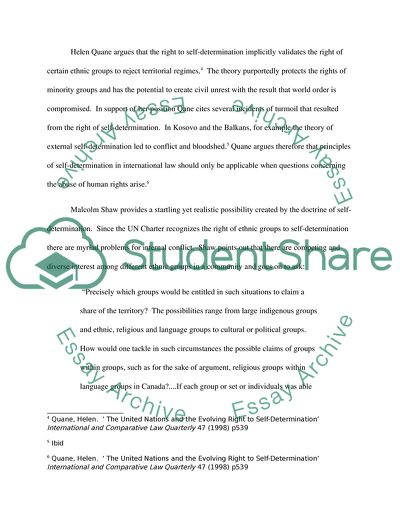Cite this document
(The Concept of Self Determination in International Law Coursework, n.d.)
The Concept of Self Determination in International Law Coursework. https://studentshare.org/law/1710033-the-concept-of-self-determination-in-international-law-is-in-practice-less-wide-ranging-than-might-be-supposed-evaluate-this-statement
The Concept of Self Determination in International Law Coursework. https://studentshare.org/law/1710033-the-concept-of-self-determination-in-international-law-is-in-practice-less-wide-ranging-than-might-be-supposed-evaluate-this-statement
(The Concept of Self Determination in International Law Coursework)
The Concept of Self Determination in International Law Coursework. https://studentshare.org/law/1710033-the-concept-of-self-determination-in-international-law-is-in-practice-less-wide-ranging-than-might-be-supposed-evaluate-this-statement.
The Concept of Self Determination in International Law Coursework. https://studentshare.org/law/1710033-the-concept-of-self-determination-in-international-law-is-in-practice-less-wide-ranging-than-might-be-supposed-evaluate-this-statement.
“The Concept of Self Determination in International Law Coursework”. https://studentshare.org/law/1710033-the-concept-of-self-determination-in-international-law-is-in-practice-less-wide-ranging-than-might-be-supposed-evaluate-this-statement.


